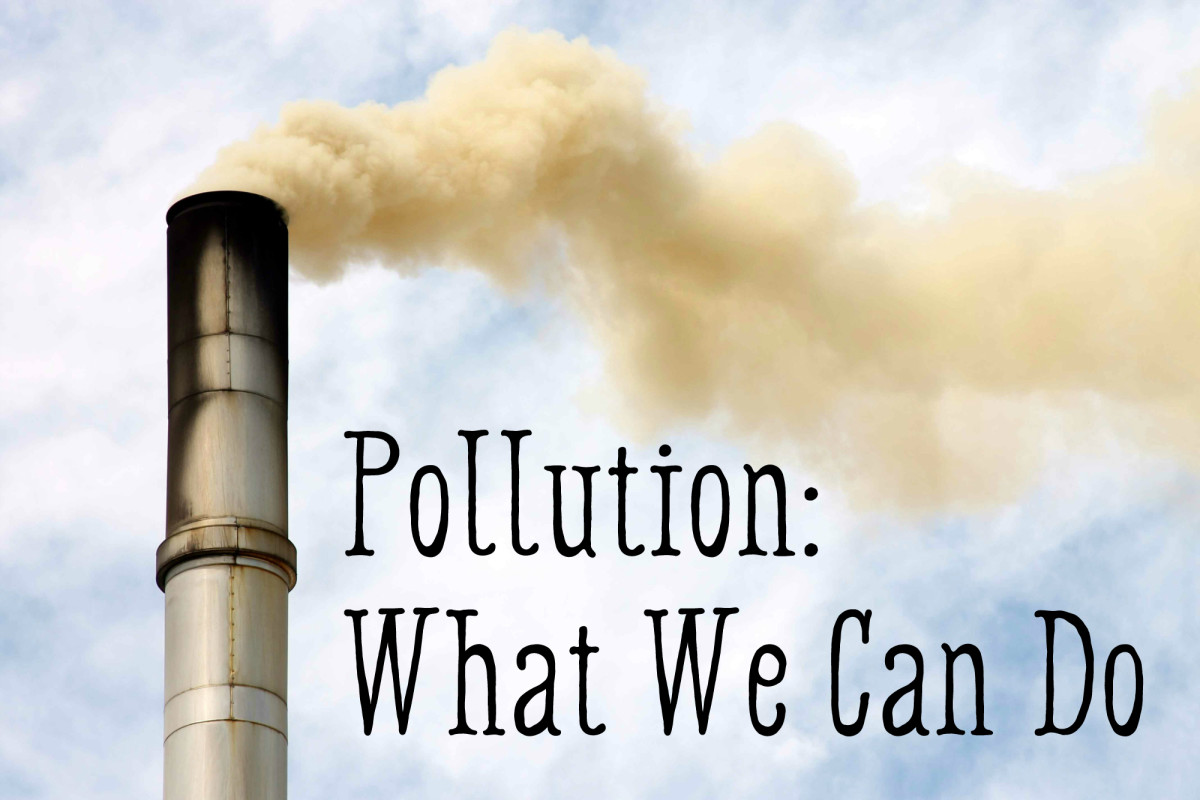Environmental and Health Issues Associated With Hydraulic Fracking
Introduction
Hydraulic fracking, a process whereby; gas and oil deposits are blasted from shale deposits from deep underground has greatly revolutionalized the global energy supplies. In essence, the fracking boom originating in US has significantly led to an increase in oil and gas supply around the world. As such, there has been a significant decline of oil and gas prices thanks to the machinery and technology of Hydraulic fracking. In fact, there is a raised concern in regard to economical soundness of the fracking industry with speculations of a huge monetary simmering which could subsequently lead to a global economic crisis similar to that realized in 2008. This paper evaluates the negative implications of this method of extracting oil and gas on the environment alongside the potential health outcomes related with the exposures.
Impact on the Environment
According to United States Environmental Protection Agency (EPA), approximately 70 to 140 gallons of water are employed in fracturing the more than 35 wells existing in the country for just one year. This amount of water can be used in more than 80 cities with an approximate population of 50,000. Further, the treatment of coalbed methane well during the fracking process utilized more than 350,000 gallons of water for a single well. On the other hand, horizontal shale wells that are deeper can utilize more than 10 million water gallons in fracking just a one well. This use of large volumes of water in the fracking process generates concern regarding the ecological effects of aquatic life and resources alongside depleting and polluting drinking water. Furthermore, it has been established that transporting two to five million gallons of water takes more than, 1,500 truck trips. This implies that the process of hydraulic fracking hugely does not only contribute in depleting fresh water supplies, but negatively impacts aquatic life. In addition, transporting these large quantities of water on a regular basis impairs air quality, particularly in the regions where this process takes place, road damage, and road safety.
The occasional land disturbances are also cause for concern for environmentalists. Site development for drilling and fracking begins with grading and clearing land for the wellpad, wastewater and clean water storage area, creating access for trucks and other vehicles, utility corridor, working area among others. Majority of Marcellus wells are anticipated to be drilled on multi-well pads. According to industry estimates, these pads could be based on the order of five or more acres. The estimate excludes the areas required for gas transmission lines, access roads, centralized or localized impoundments. The total disturbance of land sites including well pads and related features including and gas and oil transmission lines, roads etc could take more than seven acres per a single well. When the process of well drilling have been completed, there is a partial restoration of the site, which leaves approximately two to three acres for storage of produced water, access maintenance, and equipment for gas and oil production. Apparently, the site remains in a partially restored status for the entire period of the well’s productive life which could be between 20 to 40 years. In general, hydraulic fracking causes disturbances and interference to the natural environment.
Earthquakes are also another concern related with deep gas gas and oil fracking. Earthquakes that occur as a result of fracking processes are scientifically referred as induced seismic events. They are caused by constant injection of fracking wastewater underground. Though there has yet to be realized major causalities of from earthquakes generated from hydraulic fracking processes, the frequent small earthquakes generated from this process has been a source of fear for those dwelling near the drilling sites.
Land and soil contamination from oil spills is also a common phenomenon in hydraulic fracking processes. According to a report by the Associated Press, there were more than 1,000 soil spills in North Dakota alone during the year, 2011. However, the author disclosed that many more cases went unreported and uncounted for. The quantity of soil that were chemically contaminated from drilling activities increased by more than 5,100 percent over the last ten years. Further, trucks are involved in transporting oilfield wastes and products on a twenty four hour, seven day basis round the year.
The impact of oil spill is more reminiscent in the popular ExxonMobil pipeline rupture whereby; over 42,000 gallons of oil accidentally spilled into Yellostone River, near Billings. Investigations into the spill established that the company had been transporting tar sands oil from Canada a toxic, corrosive and low grade form of oil without knowledge of the regulators. More investigations also disclosed that tar sand oil could have been the cause of the spill.
Impact to Human Health
The massive quantities of water employed during the course of hydraulic fracking generate millions of gallons of wastewater which contains various types of chemicals. A single drilling can generate up to 435 products which contains 345 different types of chemicals used from one drilling. Among the 345 chemicals used and generated during the drilling process, majority of them do not have safety information related with them. Moreover, more than 75% have been known to cause skin ailments, irritation of sensory organs including eye, skin and skin. On the other hand, approximately 20 percent of these chemicals have been known to cause cancerous, mutagenic or reproductive complications. Transmission of these chemicals normally occurs through water and air. For instance, Benzene, which is a common carcinogen, is normally found at levels which exceed the federal standards in air that surround fracturing sites. Accidental spills could contaminate groundwater through hydraulic flowback which is inappropriately injected into the ground or stored in open air pits. Chemicals and toxins found in groundwater that has been contaminated could cause a number of health complications for those exposed through bathing, drinking or other types of contact with the affected water.
Cancer-causing pollutants including but not limited to benzene, polycyclic aromatic hydrocarbons (PAHs and diesel particulates are occasional found in the air near the fracking sites. Studies have identified chronic and consistent exposure to these types of pollutants as facilitating the vulnerability to cancer risks. There is also impact to respiratory problems which can include shortness of breath, lung ailments, asthma attacks and breathing problems. Studies have established high levels of pollutants near the fracking sites and which makes certain groups of people, particularly children vulnerable to respiratory problems. Those working at the sites are at risk of developing lung diseases owing to exposure to silica fracking.
High levels of benzene are known to cause extreme damage blood-froming organs, subsequently causing anemia and affecting the bone marrow incase of repeated exposures. On the other hand, polycyclic aromatic hydrocarbons (PAHs) interfears with the fetal formation and developed of the child by harming the developing brain, heart and nervous system. Even short term exposure to PAHs at the initial stages of developed could cause a long term hard and this is a great concern and threat to communities neighboring the fracking sites. Moreover, the exposure to pollutants including hydrogen sulfide, VOCs could result into neurological problems such as headaches, dizziness, loss of consciousness and seizures. Numerous studies have noted the prevalence of high levels of benze at fracking sites than the recommended set in protecting individuals from these effects.
Conclusion
There is no doubt that hydraulic fracturing had significantly contributed to an increased supply of gas and oil on the global sphere alongside a significant decrease in the price of these essential commodities. Despite the benefits created by hydraulic fracturing mechanism in oil and gas exploration, the demerits cannot be put aside. In this respect, it is agreeable that the United States and other countries which are involved in hydraulic fracturing adopt and implement precautionary measures for industries utilizing novel technologies and using new chemicals in protecting the environment and neighborhoods of their operations. These companies need to prove the measures they have in place and strategies of controlling water pollution and depletion, environmental protection, and protection to those living near the drilling sites. The current policies are infective in the sense that victims of the companies’ activities or inactivity are forced to enter into a legal battle with the companies which in most cases are more financially powerful.








